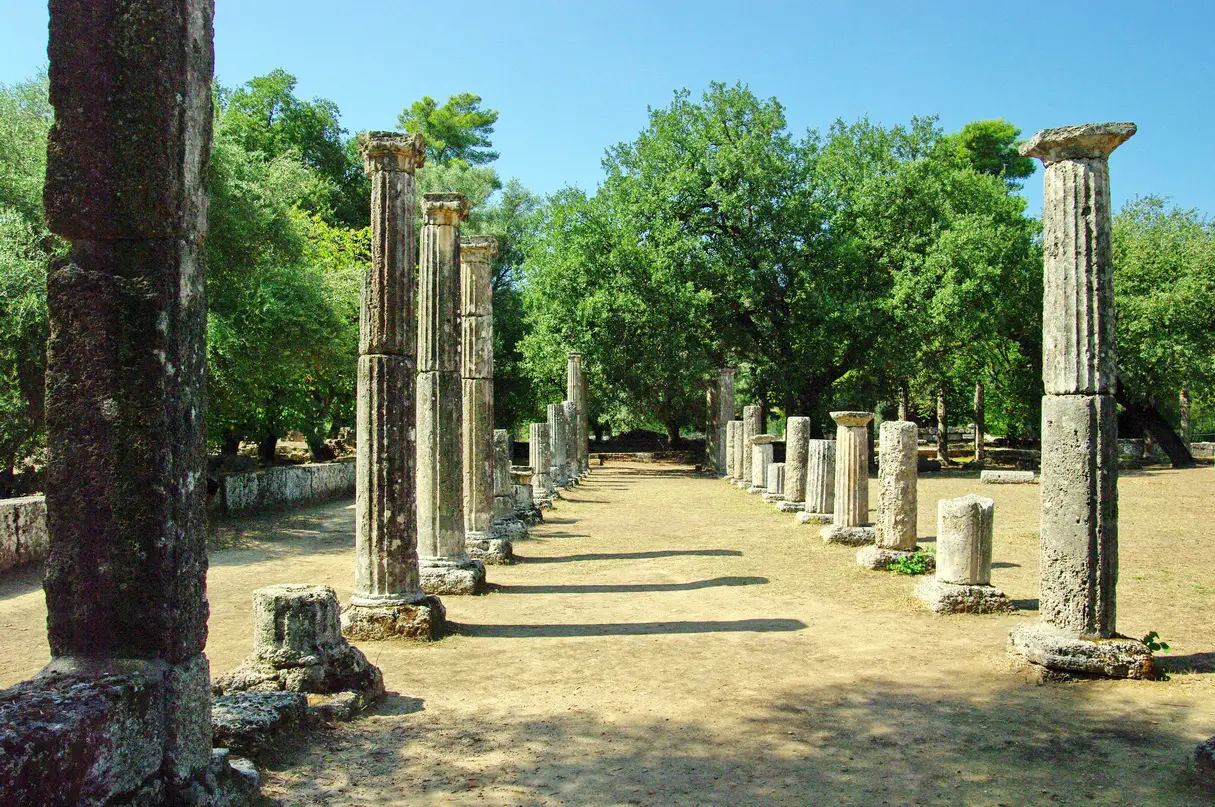Back in the days of the Ancient Olympics, things were done a bit differently than they are now. Imagine this: athletes competing in their birthday suits! Yep, that’s right – they performed completely naked.
Now, this might sound surprising, but there’s solid evidence to back it up. Athenian philosopher Plato, who lived way back in the 5th century BC, mentioned it in his writings. And even earlier than that, in Homer’s epic poem, the Iliad, there are hints that athletes competed in the buff. But if you need more convincing, there are plenty of ancient drawings that leave little to the imagination, confirming that it was indeed common practice for male athletes to strut their stuff in the nude.
And get this: it wasn’t just a few events where athletes ditched their clothes. Nope, it was pretty much across the board. Whether hurling the discus, grappling in wrestling matches, duking it out in boxing bouts, or even racing horses, these brave souls did it all without a stitch of clothing to protect them.

In the 1st century BC, Dionysius of Halicarnassus offers fascinating insights into the historical evolution of Greek athletics. He reveals that the tradition of competing in the nude, synonymous with ancient Greek sports, did not emerge until the 15th Olympiad in 720 BC, more than 2700 years ago. This revelation comes as a surprise, considering that it took place over half a century after the inception of the prestigious Olympic Games in 776 BC, held in Olympia, Greece.
According to legend, the catalyst for this unconventional practice was a daring Spartan athlete named Acanthus. Acanthus made a bold statement by eschewing the customary loincloth and competing in the buff, setting a new precedent for athleticism that defied conventional norms.
However, it wasn’t until two hundred years later that another sprinter, Osippus, was credited with formalizing this practice of nudity. Osippus claimed victory in the one-stade footrace (approximately 180 meters) at the 720 BC Olympics. It’s believed that Osippus realized the advantage of running without clothing, as it allowed for greater speed and agility compared to being hindered by a loincloth. This innovative approach revolutionized Greek athletics and became a defining feature of ancient Olympic competitions.
In the 7th century AD, writer Isidore of Seville recounted an interesting anecdote that shed light on the evolution of athletic attire. According to his account, during a race in Athens, a runner experienced the misfortune of tripping over his own loincloth when it slipped down. This incident caught the attention of the magistrate overseeing the games.
In response to this embarrassing mishap, the magistrate made a pivotal decision: he decreed that athletes should henceforth compete in the nude. This ruling was likely intended to prevent similar accidents in the future and ensure fair competition without the hindrance of clothing.
Avid Writer with invaluable knowledge of Humanity!
Upcoming historian with over 30 million views online.
“You make your own life.”





